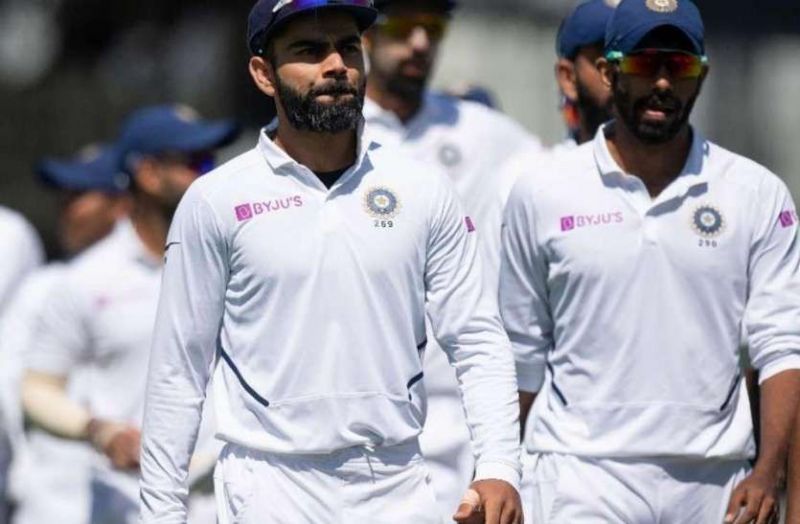
Was India's overseas leg of 2013-15 better than that of 2018-20?
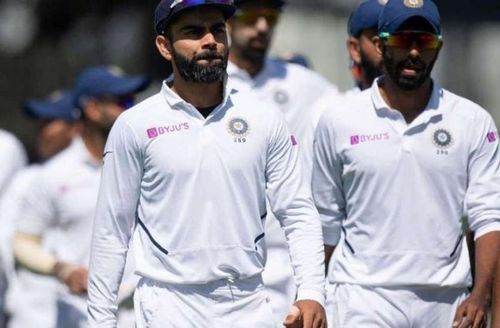
India in Test matches under Virat Kohli have achieved tremendous success, both home and away. Two series wins in West Indies and Sri Lanka each, and a first ever series win in Australia along with Test victories in South Africa and England have been the standout performances of this team.
These results are a significant improvement from the last couple of overseas legs of the Indian team (in South Africa, England, New Zealand and Australia, popularly known as SENA countries). However, does the improved result indicate improved performance? Here we attempt to do a detailed analysis of the same.
The 2013-15 overseas leg saw India play 13 Tests (2 each in South Africa and New Zealand, 5 in England and 4 in Australia), out of which they managed to win a solitary Test - at Lord's. Comparing that to the current overseas leg, India have won 4 out of 14 games, including a series win in Australia.
The sheer numbers clearly indicate that this team has performed way better, but now let us take into consideration some more important parameters.
Strength of the Indian team
A majority of the current core of the Indian team came into Test arena some time during or just before the overseas leg of 2013-15. The 2013-15 leg was the first full overseas leg for Cheteshwar Pujara, Rohit Sharma, Virat Kohli, Ajinkya Rahane, Mohammed Shami, Ravindra Jadeja, Umesh Yadav and Bhuvneshwar Kumar.
Add to that names like Murali Vijay and Shikhar Dhawan, who played a majority of the current leg as well. Overall, the 2013-15 leg was more of a transformation phase, with the likes of Pujara, Kohli and Rahane taking over from the likes of Rahul Dravid, Sachin Tendulkar and VVS Laxman.
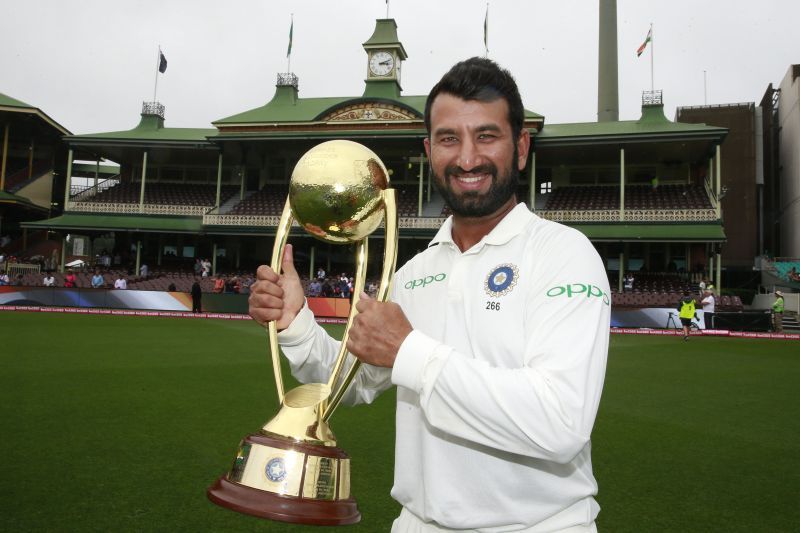
Pujara and Kohli started off brilliantly with hundreds in South Africa, and Kohli followed it up with another good show in New Zealand. Dhawan hit a hundred and a 98 in New Zealand, but flopped in the subsequent tours to England and Australia. Vijay meanwhile showed incredible grit in England and Australia.
Kohli then took it to another level with four hundreds in Australia and ended up as the highest averaging batsman of the whole leg. Rahane was consistent throughout the overseas leg and was the only batsman other than Kohli to have a 40-plus average. Vijay averaged in the mid-30s, while all other batsmen had averages in the 20s.
Compare that to the current lot: Kohli still averages above 40, Pujara being the only other man to have a 40-plus average, while no other batsman crosses 30. Despite growing in experience as individuals and strength as a team, the batsmen have underperformed.
For the first time in a long while, India now have a pool of five world-class pacers, who are all capable of running through the opposition. Injury to one or even a couple of them does not put the management in grave concern anymore, as the others are nearly equally capable.
That was not the case in 2013-15, where any injury to the main bowlers proved to be too costly for the side due to lack of quality alternatives. For instance, Ishant got injured after his heroics in Lord's, and India had to pick Varun Aron - who was not even in the scheme of things.
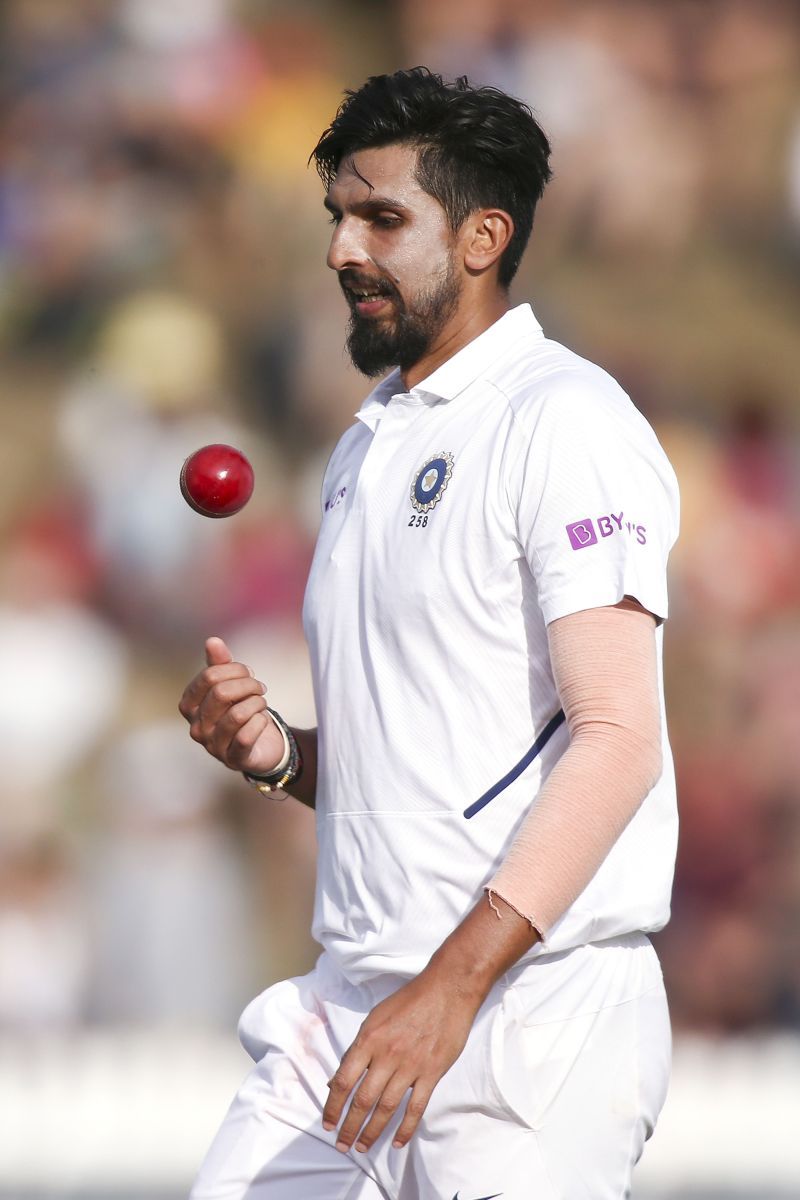
Overall, the current Indian team has much more experience and a way better bowling attack with quality reserves, and would have been expected to produce much better results than they did.
Strength of opposition
South Africa - South Africa in 2013-14 were one of the best Test sides in the world. They had not lost an away Test series for six years and had lost only to Australia at home in that period.
They had a team that would arguably qualify as the best Test side they have ever had. They boasted of a lethal pace trio in Dale Steyn, Morne Morkel and Vernon Philander, and a formidable batting lineup with Jacques Kallis, Hashim Amla, AB de Villiers, Graeme Smith and Faf du Plessis. India lost 0-1 in the two-match series.
The 2018 South African team had an inexperienced batting lineup and with the likes of Amla and Du Plessis out of form, they were heavily reliant on De Villiers. The bowling was plagued with injuries to mainstream bowlers.
Still, they managed to outplay India, with India performing way below par compared to the previous tour. The Test win at Johannesburg, though, was a tremendous result as it came on a really difficult pitch. India lost the series 1-2.
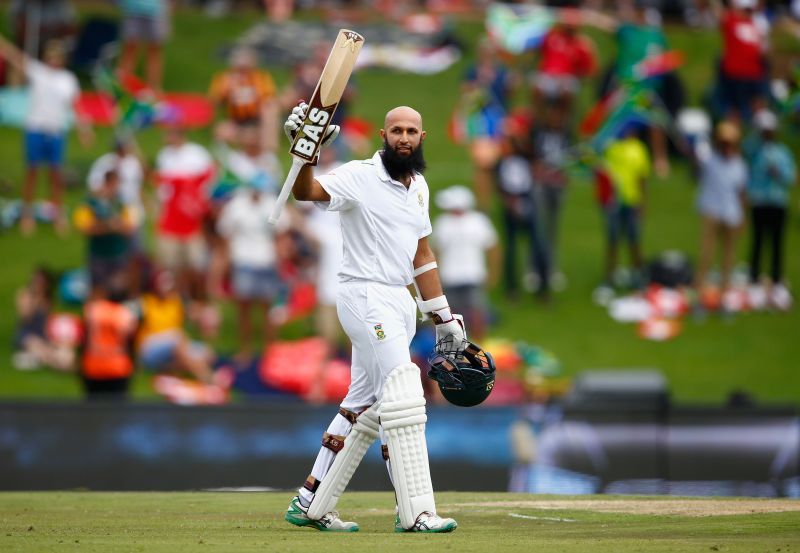
New Zealand - The current New Zealand squad has a near identical look to what they had six years back, barring the absence of Brendon McCullum - who almost single-handedly denied any chance of a win to India. The pace department has a new face in Kyle Jamieson, who proved to be the wrecker-in-chief this time around. India lost 0-1 and 0-2 respectively.
England - The English under Alastair Cook were a formidable Test side back in 2014. Those were the days when the major focus of the English was on Test cricket. As far as strength and quality of the side are concerned, the side in 2018 was not very far behind that of 2014.
The likes of Ben Stokes and Moeen Ali were quite new back in 2014, but they were an indispensable part come 2018. The major thorn in the flesh for India was another newcomer in the form of Sam Curran in 2018. India lost 1-3 and 1-4 respectively.
Australia - The biggest gap in the quality of opposition between the two tours has to be for Australia. The 2014-15 Aussie side was a very strong side, with a huge amount of experience in batting, a lethal pace attack, an emerging world-class spinner and a side quite formidable at home.
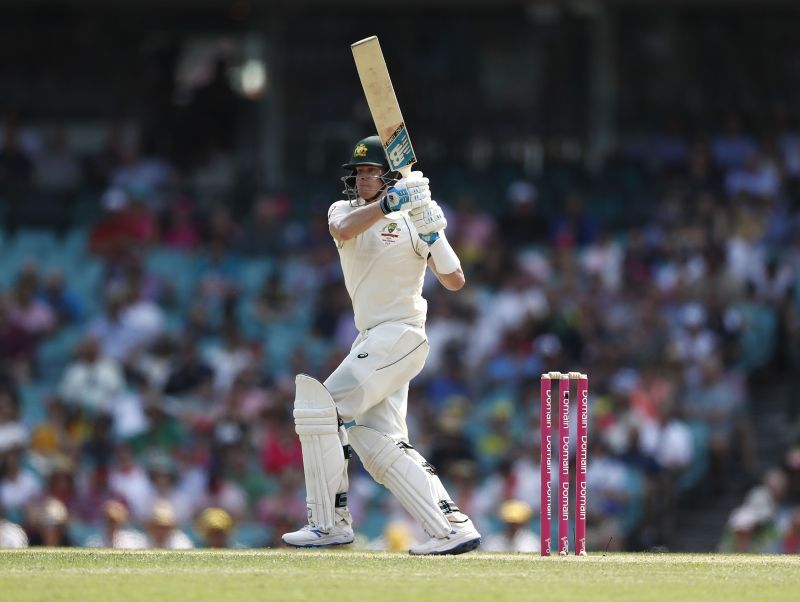
Compare that to 2018-19: Australia had a makeshift captain, following the suspensions of David Warner and Steven Smith; the two batsmen who were India's biggest headaches back in 2014 were missing. The batting order lacked experience and it was unarguably the weakest lineup fielded by Australia in a very long time.
The bowling, nonetheless, held a similar look. India lost 0-2 in 2014-15 while winning 2-1 in 2018-19.
Way of defeats
South Africa - The two-match series in 2013-14 saw India being in the driver's seat for most part of the series, but failure to capitalize on positions of dominance cost them. The first match required India to pick six wickets in just above two-and-half sessions to win, but an incredible fightback from De Villiers and Du Plessis took South Africa very close to a world-record chase - before India made a comeback to draw the match.
The second game saw India yet again failing to get the tail out, followed by a nightmarish session with the bat which cost them the series.
In the 2018 series, India once again let the tail score too much, and the batting looked completely out of sorts. Thanks to some selection blunders too, India were convincingly defeated in the first two Tests before making a comeback on a difficult Johannesburg itch to end the series 2-1.
Overall, India were more impressive in the 2013-14 tour, competing against a much stronger side and playing with a much more inexperienced bunch of players.
England - After managing to draw the first Test in 2014, India scripted history at Lord's in the second Test on a greenish pitch. The following games saw Ishant getting injured and India's weakened bowling not being able to contain the opposition.
Moreover, the batsmen had a forgettable period, with Moeen Ali destroying them at Southampton, followed by dismal collapses in the last two Tests.
In 2018, India won the third Test after being 0-2 down. The only convincing defeat came at Lord's, where India failed to read the pitch right. The first and fourth Tests saw similar patterns; Sam Curran batting England out of trouble after they were six wickets down with the score below 100, and then Indian batsmen collapsing in the fourth innings while chasing gettable targets.
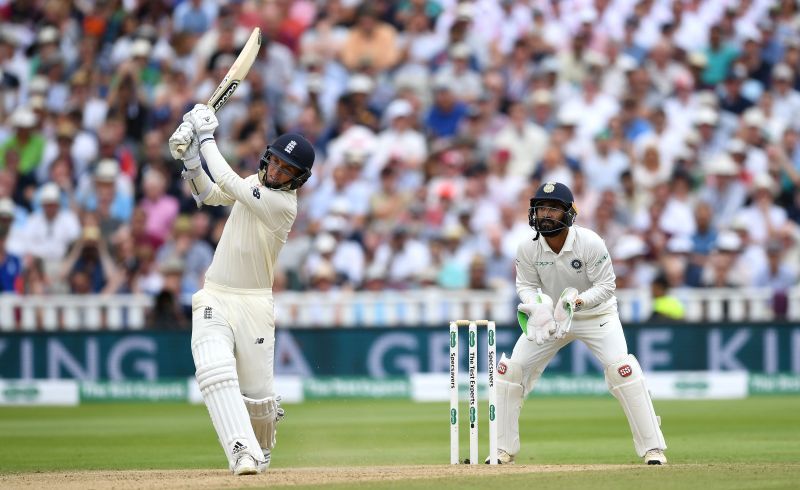
Overall, India performed way better in 2018 but failed to land the finishing blows.
Australia - In 2013-14, India staged a terrific fightback in the fourth innings, led by Kohli and Vijay. But Lyon picked 7 wickets in the innings and India lost 8 wickets in the last session of the fifth day as they tried for a win instead of a draw.
The second game saw India leak runs to the tail yet again, so much so that from a potential stage of taking a 100-plus lead, they trailed by 91 runs. Yet another batting collapse saw India set a target of 128 on a tricky pitch, which Australia chased down with 4 wickets remaining.
The third Test ended in a draw, which will be remembered for Rahane and Kohli counter-attacking Mitchell Johnson's bouncers. The fourth Test also ended in a draw as India lost the series 0-2.
The 2018-19 series saw India finally managing to finish off matches that they were not able to in the previous tours. The pace attack did not allow the tail to wag too much.
After a win in the first Test and a loss in the second, India won the third Test in style, completely outplaying Australia. With the fourth Test being the decider, India out-batted the home side and made only two results look possible: an Indian win or a draw.
The match ended in a draw as India won their first ever Test series in Australia.
Compared to the 2014-15 tour, India did not let go positions of dominance, and that proved to be the difference that yielded results.
New Zealand - In 2014, McCullum's double hundred, followed by a dismal batting show from India, made the first Test look out of reach. But the bowlers had other plans as they bundled out the Kiwis for 105 in the second innings, setting the batsmen a target of 408.
India were very much in the game with a stellar partnership between Dhawan and Kohli, but a mini-collapse after Dhawan's wicket put them in trouble. Dhoni and Jadeja took the attack to the opposition, but finally India fell short by just 40 runs.
The second Test was as heartbreaking and disappointing as it could get. Ending the third day with 5 wickets required for an innings victory and New Zealand trailing by more than 160, India failed to get the remaining wickets. McCullum went on to become the fist Kiwi batsman to score 300, and the game ended in a draw as India lost the series 0-1.
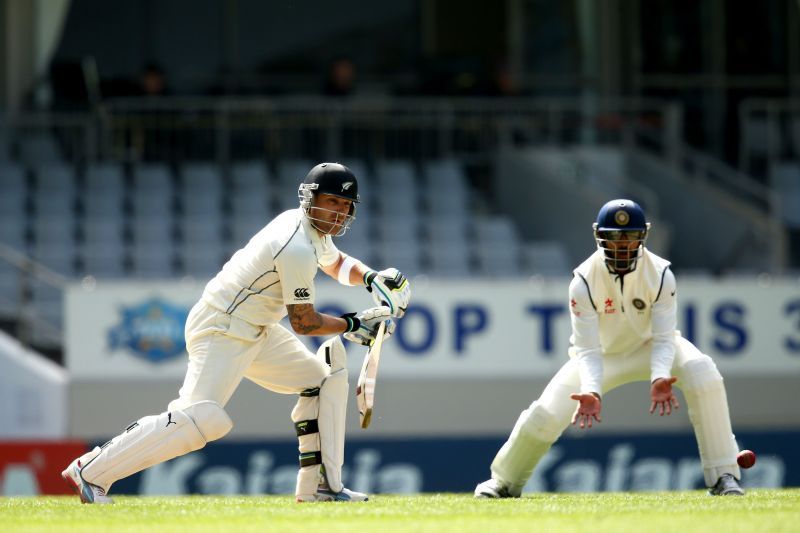
The 2020 series was quite similar to that in 2002, where the batsmen completely failed in all four innings. The bowlers did a decent job, but yet again failed to wipe out the tail in both the matches.
Only one batsman managed to aggregate more than 100: Pujara. The tour turned out to be the most disappointing in the current overseas leg, with skipper Kohli having a nightmarish outing with the bat, averaging just above 9 in four innings. Unlike in 2014, India were completely outplayed in all departments.
So the in-depth look suggests that India managed to close out games in 2018-20 better than the previous leg. However, with a much stronger team against weaker oppositions, they performed way below-par as compared to the 2013-15 tour.